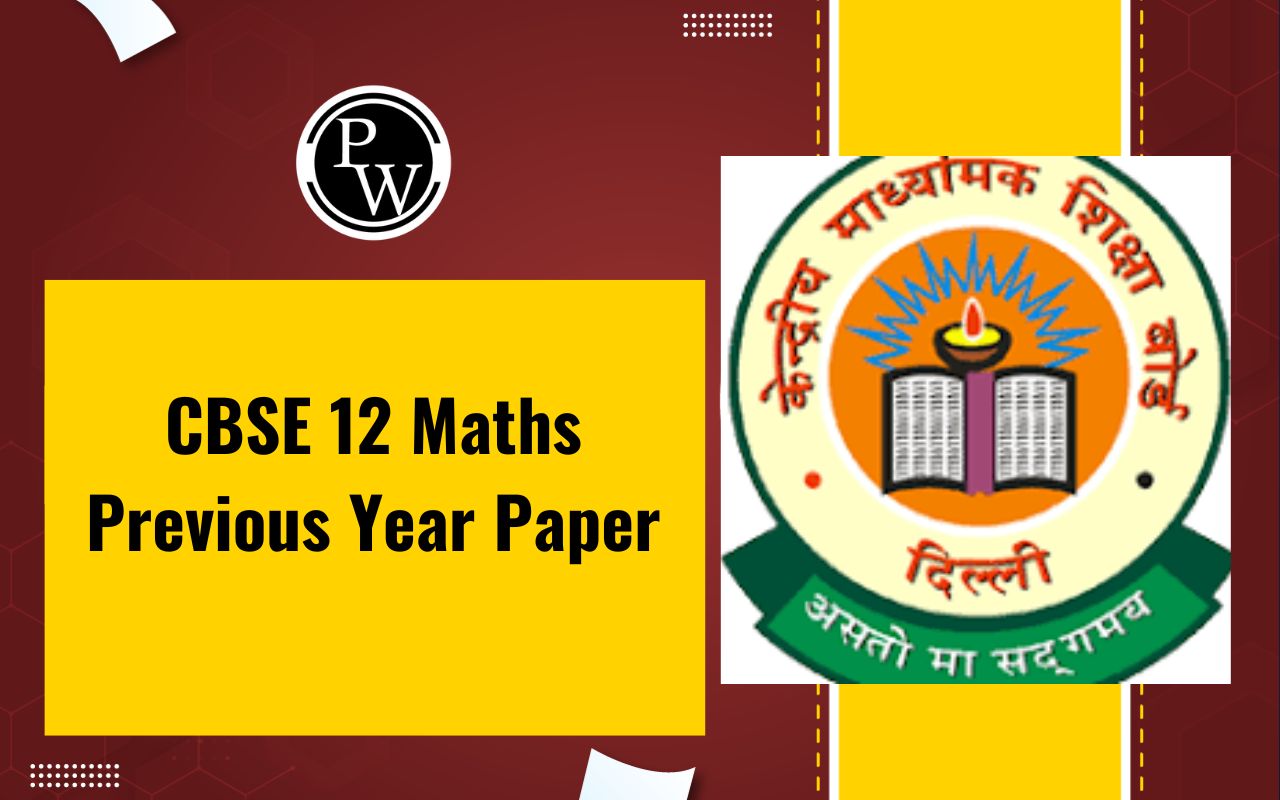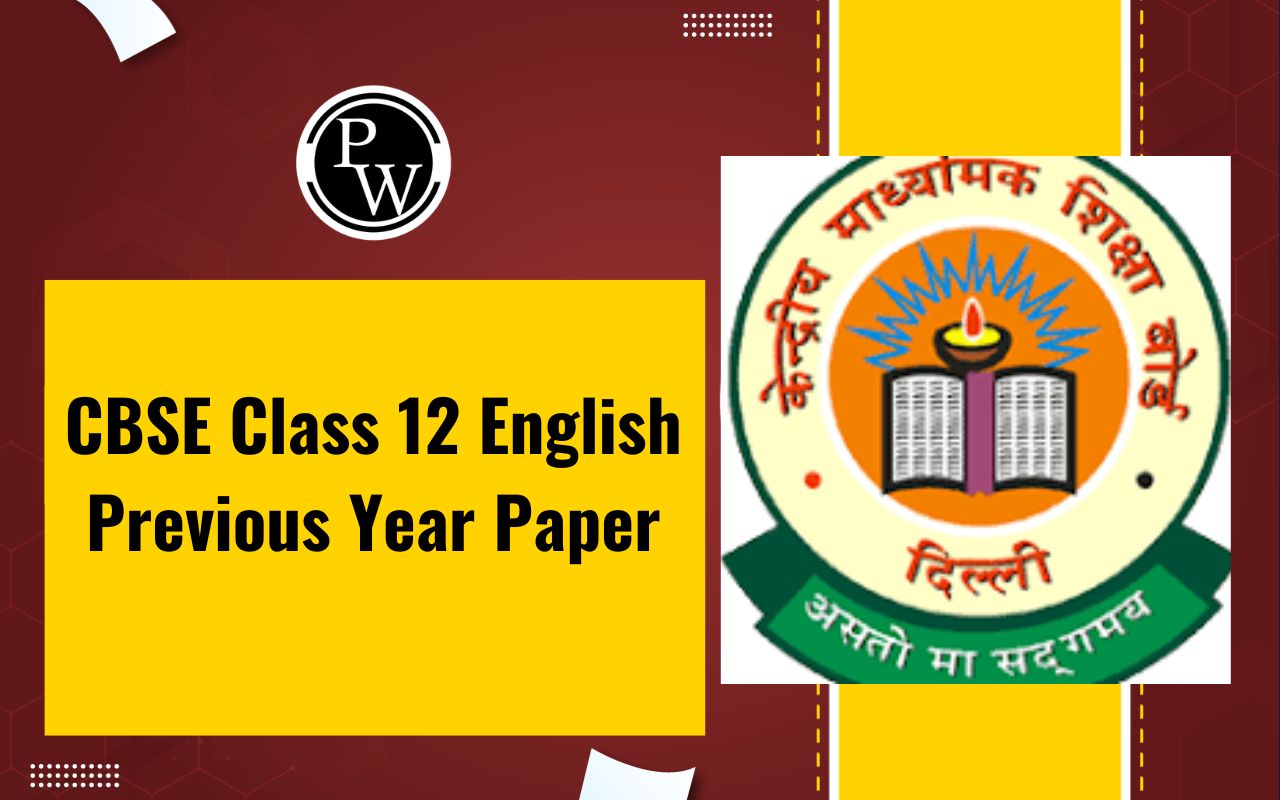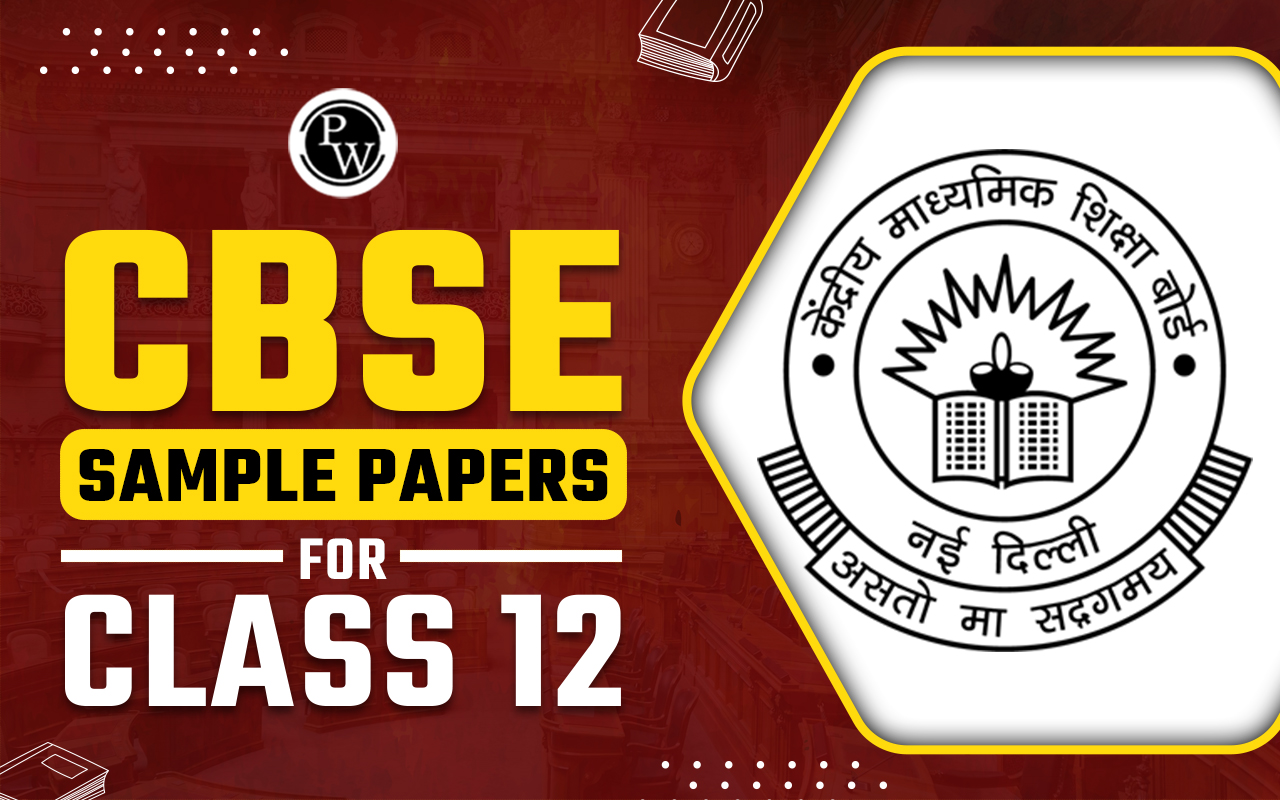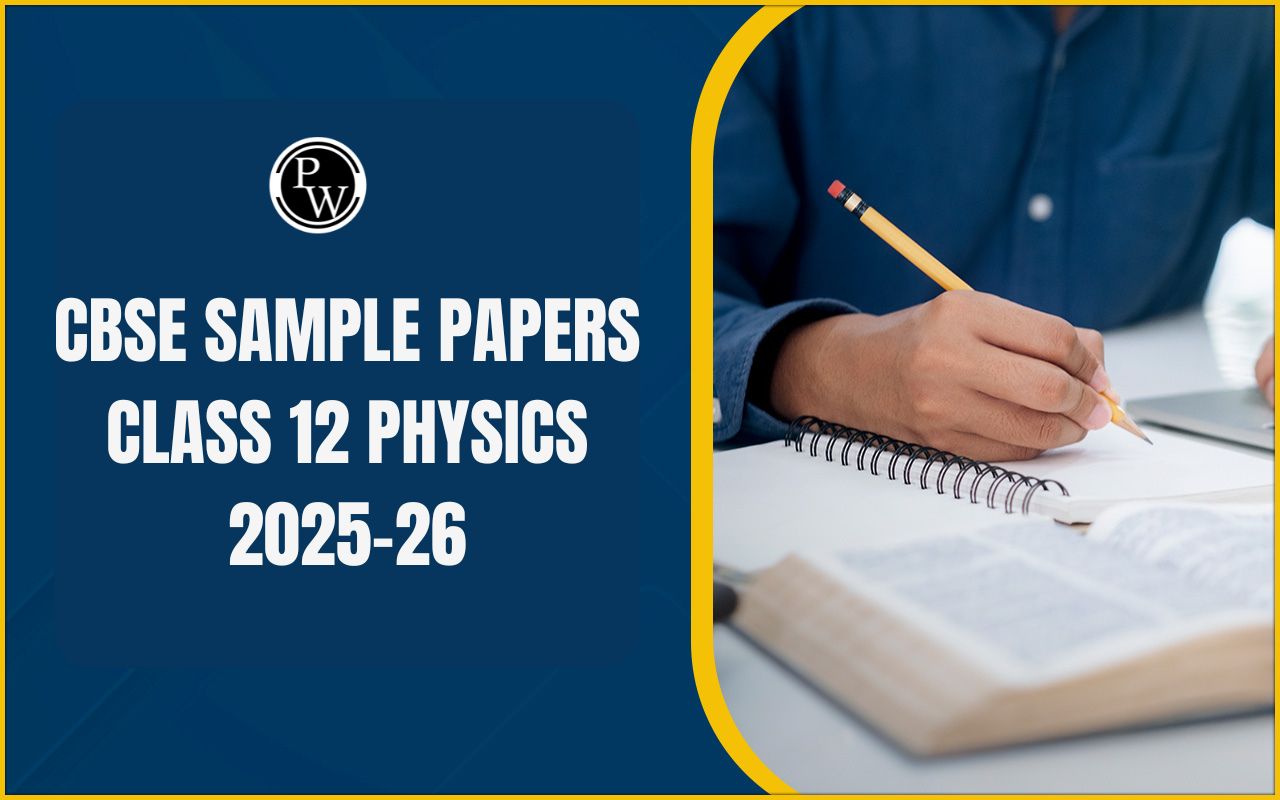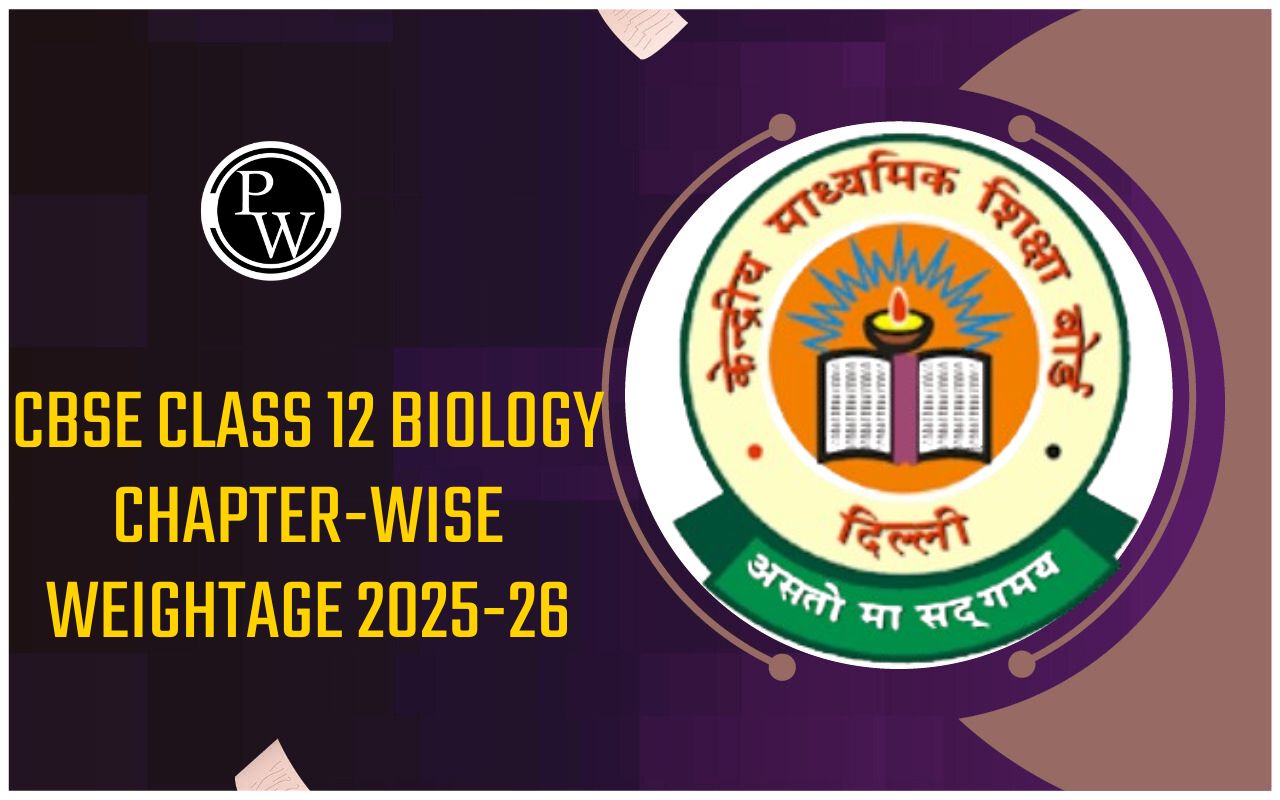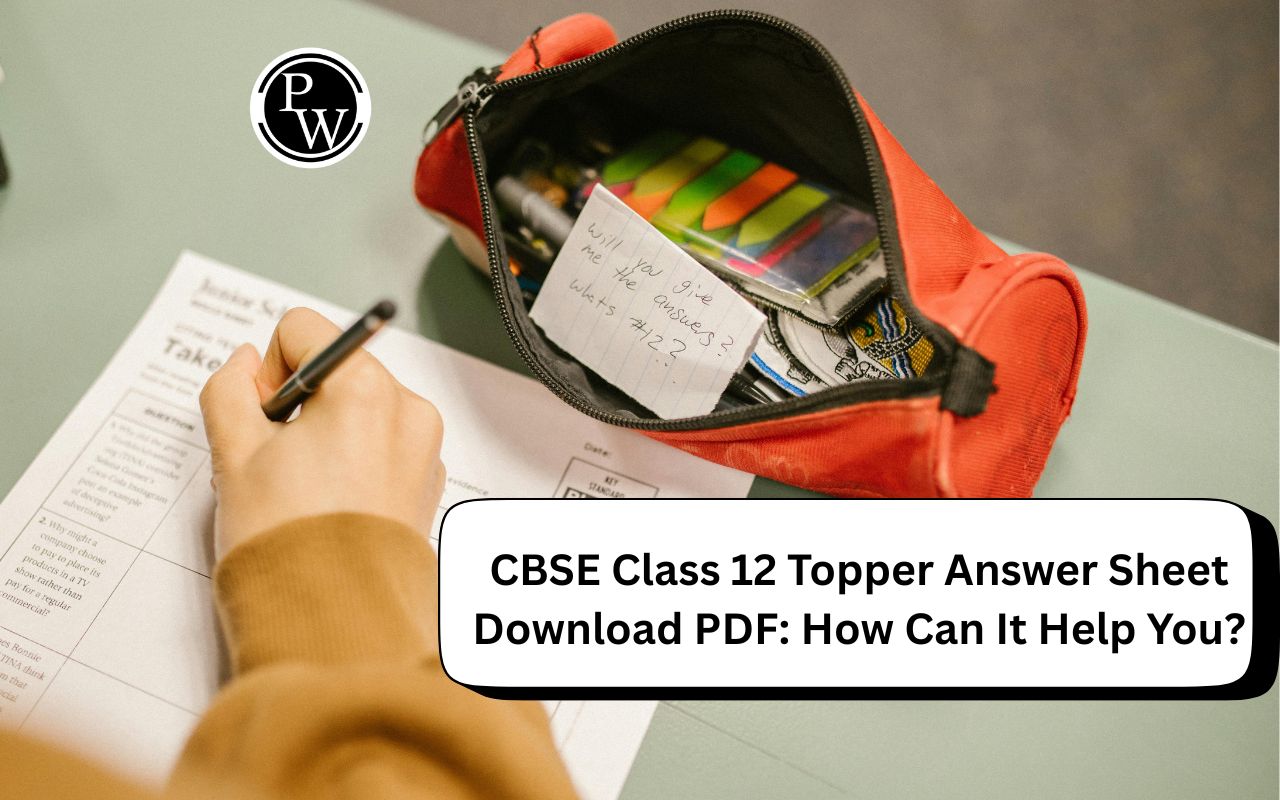
CBSE Class 12 Biology Syllabus 2025-26: The CBSE Class 12 Biology Syllabus has been published by the Central Board of Secondary Education.
Students may use the provided link to obtain the most recent CBSE Class 12 Biology Syllabus PDF. They may also get the CBSE Class 12 Biology Syllabus 2025-26 from the official website, cbseacademic.nic.in.
The CBSE biology class 12 syllabus includes all of the modules, chapters, and topics for the theoretical test, as well as the specifics for the practicals. Students may see the CBSE Class 12 Biology Syllabus 2025-26 to see the marks assigned to each subject. Students may refer to the curriculum in PDF format when studying for the CBSE 12th examinations. Read the whole post to learn about the comprehensive CBSE Class 12 Biology Syllabus 2025-26, marking pattern, PDF download instructions, preparation advice, and more.Class 12 Biology Syllabus 2025-26 Overview
The CBSE Class 12 Biology Syllabus 2025-26 covers cell biology, molecular biology, genetics, evolution, ecology, and human health. Cell structure and function, cell division, and cell signaling are all topics in cell biology.CBSE Class 12 Biology Syllabus 2025-26 PDF
The CBSE Class 12 Biology Syllabus for the academic year 2025-26 is an important resource for students studying Biology. This syllabus outlines the topics and concepts that students will cover throughout the academic year.Understanding the syllabus helps students plan their study schedule effectively, allocate time for each topic, and ensure comprehensive learning. With the PDF link provided below, students can easily download and refer to the CBSE Class 12 Syllabus whenever needed.
This enables students to stay organized, track their progress, and prepare thoroughly for their Biology classes and examinations.
CBSE Class 12 Biology Syllabus 2025-26 PDF
CBSE Class 12 Biology Syllabus 2025-26 Marking Scheme
Students will be able to review all of the relevant and weighted topics from the CBSE Class 12 Biology Syllabus and prepare for the CBSE Board examinations appropriately. The CBSE Class 12 Biology Syllabus is also beneficial while studying for competitive examinations. The Biology curriculum consists of 5 units in total. The theoretical papers will be worth 70 marks, while the practical tests will be worth thirty marks.|
CBSE Class 12 Biology Syllabus Marking Scheme |
|
| Topics | Marks |
| Reproduction | 16 |
| Genetics and Evolution | 20 |
| Biology and Human Welfare | 12 |
| Biotechnology and its Applications | 12 |
| Ecology and Environment | 10 |
| Total | 70 |
Important Topics of CBSE Class 12 Biology Syllabus 2025-26
For students' convenience, the chapters included in each unit are listed in the table below. Students may get a full CBSE Class 12 Biology Syllabus 2025-26 by clicking on the link provided above.|
Important Topics of CBSE Class 12 Biology Syllabus 2025-26 |
||
| Unit No | Chapter No | Particulars |
| Unit-VI Reproduction | Chapter 1: Sexual Reproduction in Flowering Plants | Flower structure; development of male and female gametophytes; pollination - types, agencies and examples; out breeding devices; pollen-pistil interaction; double fertilization; post-fertilization events - development of endosperm and embryo, development of seed and formation of fruit; special modes- apomixis, parthenocarpy, polyembryony; Significance of seed dispersal and fruit formation. |
| Chapter 2: Human Reproduction | Male and female reproductive systems; microscopic anatomy of testis and ovary; gametogenesis -spermatogenesis and oogenesis; menstrual cycle; fertilisation, embryo development up to blastocyst formation, implantation; pregnancy and placenta formation (elementary idea); parturition (elementary idea); lactation (elementary idea). | |
| Chapter 3: Reproductive Health | Need for reproductive health and prevention of Sexually Transmitted Diseases (STDs); birth control - need and methods, contraception and medical termination of pregnancy (MTP); amniocentesis; infertility and assisted reproductive technologies - IVF, ZIFT, GIFT (Elementary idea for general awareness). | |
| Unit-VII Genetics and Evolution | Chapter 4: Principles of Inheritance and Variation | Heredity and variation: Mendelian inheritance; deviations from Mendelism – incomplete dominance, co-dominance, multiple alleles and inheritance of blood groups, pleiotropy; elementary idea of polygenic inheritance; chromosome theory of inheritance; chromosomes and genes; Sex determination - in humans, birds and honey bee; linkage and crossing over; sex-linked inheritance - haemophilia, colour blindness; Mendelian disorders in humans - thalassemia; chromosomal disorders in humans; Down's syndrome, Turner's and Klinefelter's syndromes. |
| Chapter 5: Molecular Basis of Inheritance | Search for genetic material and DNA as genetic material; Structure of DNA and RNA; DNA packaging; DNA replication; Central Dogma; transcription, genetic code, translation; gene expression and regulation - lac operon; Genome, Human and rice genome projects; DNA fingerprinting. | |
| Chapter-6: Evolution | Origin of life; biological evolution and evidence for biological evolution (palaeontology, comparative anatomy, embryology and molecular evidence); Darwin's contribution, modern synthetic theory of evolution; mechanism of evolution - variation (mutation and recombination) and natural selection with examples, types of natural selection; Gene flow and genetic drift; Hardy - Weinberg's principle; adaptive radiation; human evolution. | |
| Unit-VIII Biology and Human Welfare | Chapter 7: Human Health and Diseases | Pathogens; parasites causing human diseases (malaria, dengue, chikungunya, filariasis, ascariasis, typhoid, pneumonia, common cold, amoebiasis, ring worm) and their control; Basic concepts of immunology - vaccines; cancer, HIV and AIDS; Adolescence - drug and alcohol abuse. |
| Chapter 8: Microbes in Human Welfare | Microbes in food processing, industrial production, sewage treatment, energy generation and microbes as bio-control agents and bio-fertilizers. Antibiotics; production and judicious use. | |
| Unit-IX Biotechnology and its Applications | Chapter-9: Biotechnology - Principles and Processes | Genetic Engineering (Recombinant DNA Technology). |
| Chapter 10: Biotechnology and its Applications | Application of biotechnology in health and agriculture: Human insulin and vaccine production, stem cell technology, gene therapy; genetically modified organisms - Bt crops; transgenic animals; biosafety issues, biopiracy and patents. | |
| Unit-X Ecology and Environment | Chapter 11: Organisms and Populations | Population interactions - mutualism, competition, predation, parasitism; population attributes - growth, birth rate and death rate, age distribution. (Topics excluded: Organism and its Environment, Major Abiotic Factors, Responses to Abiotic Factors, Adaptations) |
| Chapter-12: Ecosystem | Ecosystems: Patterns, components; productivity and decomposition; energy flow; pyramids of number, biomass, energy (Topics excluded: Ecological Succession and Nutrient Cycles) | |
| Chapter 13: Biodiversity and Its Conservation | Biodiversity- concept, patterns, importance; loss of biodiversity; biodiversity conservation; hotspots, endangered organisms, extinction, Red Data Book, Sacred Groves, biosphere reserves, national parks, wildlife, sanctuaries and Ramsar sites. | |
CBSE Class 12 Biology Syllabus 2025-26 for Practicals
CBSE Class 12 Practical Biology allows students to conduct experiments and learn about numerous biological principles. Furthermore, the CBSE practical test curriculum for Class 12 Biology covers elements that will most likely be taught in professional courses such as MBBS and BDS. The Biology Practical CBSE Class 12 experiments are provided here to assist students in better preparing for the board examinations. The majority of the experiments shown here feature information that explains the experiment's premise.| Cheat Sheets of CBSE Class 12 | |
|---|---|
| Cheat Sheets of CBSE Class 12 Biology | Cheat Sheets of CBSE Class 12 Chemistry |
| Cheat Sheets of CBSE Class 12 English | Cheat Sheets of CBSE Class 12 Mathematics |
Part A - List of Experiments
The following experiments shall be performed by students in CBSE Class 12 Biology Practical:|
Part A - List of Experiments |
| Prepare a temporary mount to observe pollen germination. |
| Study the plant population density by quadrat method. |
| Study the plant population frequency by quadrat method. |
| Prepare a temporary mount of the onion root tip to study mitosis. |
| Isolate DNA from available plant material (e.g., spinach, green pea seeds, papaya). |
Part B - Spotting (Study and Observe)
Students need to observe and identify the following:|
Part B - Spotting (Study and Observe) |
| Flowers adapted to pollination by different agencies (wind, insects, birds). |
| Pollen germination on stigma through a permanent slide or SEM. |
| Identification of stages of gamete development (T.S. of testis and ovary). |
| Meiosis in onion bud cells or grasshopper testis through permanent slides. |
| T.S. of blastula through permanent slides (Mammalian). |
| Mendelian inheritance uses seeds of different colours/sizes of any plant. |
| Prepared pedigree charts of genetic traits (e.g., rolling of tongue, blood groups). |
| Controlled pollination - emasculation, tagging, and bagging. |
| Study of common disease-causing organisms like Entamoeba, Plasmodium, Ascaris and any fungus-causing ringworm through permanent slides, models, or virtual images. |
| Models showing symbolic association in root modules of leguminous plants, Cuscuta on the host, and lichens. |
| Flashcard models showing examples of homologous and analogous organs. |
Part C - Practicals
The practicals included in the CBSE Class 12 Biology Syllabus 2025-26 are given below:|
Part C - Practicals |
| Study of flowers adapted to pollination by different agencies (wind, insects). |
| Identification of T.S. of morula or blastula of frog (model). |
| Study of mammalian inheritance pattern using beads/seeds of different sizes/textures. |
| Preparation of pedigree charts of genetic traits such as rolling of the tongue, and colour blindness. |
| Study of emasculation, tagging, and bagging by trying out an exercise on controlled pollination. |
| Identify common disease-causing organisms like Ascaris (model), and learn some common symptoms of the disease that they cause. |
| Comment upon the morphological adaptations of plants found in xerophytic conditions. |
CBSE Class 12 Biology Syllabus 2025-26 Practicals Marking Scheme
Every CBSE student knows how important the class 12 board examinations are, as the results play an important role in their academic progress and are a major factor in gaining admission to universities. Students must be fully informed on the most recent syllabus for each subject in order to perform successfully. The CBSE Biology Practical Class 12 grading structure is shown below:|
CBSE Class 12 Biology Syllabus Practicals Marking Scheme |
|
| Evaluation Component | Marks |
| One Major Experiment | 5 |
| One Minor Experiment (Experiments 2 & 3) | 4 |
| Slide Preparation (Experiment 1 & 4) | 5 |
| Spotting | 7 |
| Practical Record + Viva Voce | 4 |
| Investigatory Project + Project Record + Viva Voce | 5 |
| Total | 30 |
CBSE Class 12 Biology Syllabus 2025-26 Question paper design
The table below consists of CBSE Class 12 Biology Syllabus. It is very important for one to analyze the syllabus carefully as it helps you to boosts your preparation and score good marks in the examination.|
CBSE Class 12 Biology Syllabus Question paper design |
|
| Competencies | |
| Demonstrate Knowledge and Understanding | 50% |
| Application of Knowledge / Concepts | 30% |
| Analyse, Evaluate and Create | 20% |
Steps to Download CBSE Class 12 Biology Syllabus 2025-26
To get the CBSE Class 12 Biology Syllabus from the official website, follow the procedures outlined below:CBSE Class 12 Biology Deleted Syllabus
The board decided to keep the 30% cut in the Biology curriculum for the CBSE Class 12 Exams. Students may get the updated syllabus PDF by visiting the official website at cbseacademic.nic.in. CBSE Class 12 Biology Syllabus has 5 units in total. The theoretical portion is worth 70 points, while the practical portion is worth 30 points. The examination lasts three hours.|
CBSE Class 12 Biology Deleted Syllabus |
|||
| Units | Chapters | Pages | Deleted Topics |
| Unit-VI - Reproduction | Chapter 1: Reproduction in Organisms | 3-18 | The whole chapter deleted |
| Unit-VIII - Biology and Human Welfare | Chapter 9: Strategies for Enhancement in Food Production | 165–176, 178 | The whole chapter deleted |
| Unit-X - Ecology and Environment | Chapter 13: Organisms and Populations | 220 221–222 223–225 225–226 250–252 253–254 254–255 255 | 13.1 Organism and Its Environment
|
| Chapter 14: Ecosystem | 14.6 Ecological Succession
|
||
| Chapter 16: Environmental Issues | 270–286 | Full Chapter | |
CBSE Class 12 Biology Practical Deleted Syllabus
In order to save time and avoid using it during exam preparation, students should be informed of the removed Biology syllabus for class 12. The goal of the removed material from biology class 12 was to improve student learning. The CBSE Class 12 Biology Practical reduced syllabus is listed below:|
CBSE Class 12 Biology Syllabus Practical Deleted Syllabus |
||
| Part | Particulars | Deleted Practicals |
| A | List of Experiments | 2. Collect and study soil from at least two different sites and study them for texture, moisture content, pH, and water-holding capacity. Correlate with the kinds of plants found in them. 3. Collect water from two different water bodies around you and study them for pH, clarity and presence of any living organism. 4. Study the presence of suspended particulate matter in the air at two widely different sites. 8. Study the effect of different temperatures and three different pH on the activity of salivary amylase on starch. |
| B | Study/observation of the following (Spotting) | 10. Two plants and two animals (models/virtual images) were found in xeric conditions. Comment upon their morphological adaptations. 11. Two plants and two animals (models/virtual images) found in aquatic conditions. Comment upon their morphological adaptations. |
CBSE Class 12 Biology Preparation Tips 2025
Students must follow some basic yet efficient tips and methods while studying for the CBSE Class 12th exam. Biology is a topic that will help you score extremely well if you take it seriously and give it your all. Check out some of the greatest CBSE 12th Biology preparation tips:- Complete the CBSE Class 12 Biology Syllabus 2025-26 as soon as possible to provide enough review time.
- Students must use the CBSE class 12 timetable 2025 to organize their academics.
- Instead of memorizing Biology theories, attempt to comprehend their significance and take personal notes. These notes will assist you in revising at the last minute.
- Students must tackle the CBSE Class 12 exam papers after finishing the CBSE Class 12 Biology Syllabus. This will assist students in understanding the test structure, marking method, and relevant topics.
- Make the most of your revision time and don't dismiss any uncertainties. Remove them as soon as possible. Seek assistance from others if you are perplexed. Also, don't worry about the board; instead, try your best and get a good CBSE class 12 result.
CBSE Class 12 Biology Syllabus 2025-26 FAQs
What are the subjects in Biology class 12?
What is the Biology syllabus for Class 12?
Is 12th biology tough?
Which is the hardest chapter in class 12?



